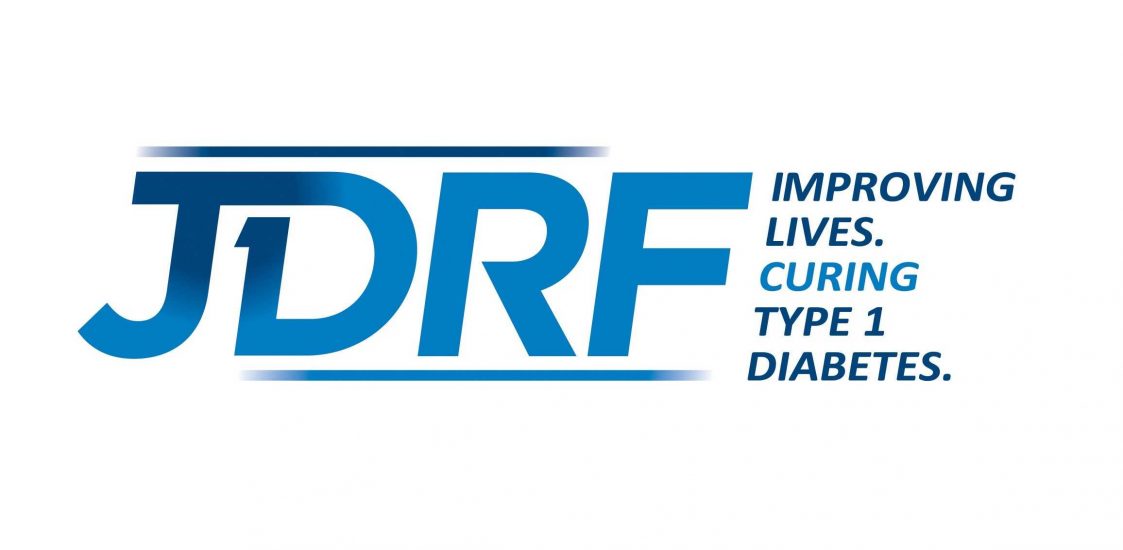The Research Pathway: Turning an Idea into a T1D Breakthrough

Introduction
As you may already know, getting a new type 1 diabetes (T1D) treatment or device to market can take around 12 to 15 years. A huge amount of work must take place before an intervention can be approved as being safe for use – from laboratory research in cells, right through to large clinical trials involving hundreds of people.
JDRF funds research at all stages of this research pathway, supporting ideas from the lab right through to clinical trials. As a diabetes educator or healthcare professional you may find it useful to understand the various steps involved in turning a research idea into a breakthrough for someone with T1D.
Cells research
The first step on the research pathway is to look at the level of cells. At this level, we are usually trying to understand what a particular cell type does in the body. We might do this by looking at DNA sequences, or the kinds of molecules (proteins) the cells make.
T1D example: Researchers start investigating beta cells and the cells of the immune system, using samples from people with and without T1D.
Systems research
Once we understand how individual cell types work, we can look at body systems. This can tell us how different cells and organs interact and behave together, and we can see how a system behaves differently in people with a particular health condition.
T1D example: Researchers study the immune system in depth and discover a protein, known as BC5, that plays a critical role in activating a person’s immune response.
Developing an intervention
Throughout these early stages of research, we might discover a part of a cell or system that could be used as a target for a new intervention. Interventions may work by:
- Stimulating or blocking a process in the body
- Increasing or decreasing the presence of a molecule
- Changing a person’s behaviour or lifestyle
T1D example: Researchers develop a drug that targets BC5 and blocks its activity, believing that this could delay or prevent the autoimmune attack that causes T1D.
Preclinical trials
Once a new intervention is developed, it will be tested in the lab before it can be tested in people. Preclinical trials involve testing the treatment in samples of human tissues or cells, or in animals. Any testing in Australia that involves animals is tightly regulated and must follow the ethical guidelines of the National Health and Medical Research Council (NHMRC).
The aim of preclinical trials is to become as certain as possible that the intervention is likely to be safe to use in people.
T1D example: The drug that targets BC5 is tested in a special strain of mice at high risk of type 1 diabetes, to see if it is safe and has promise as a preventative therapy.
Clinical trials
Clinical trials are the last step in testing a new intervention, and they can only occur when there is enough evidence from preclinical trials to suggest an intervention is safe. In clinical trials, the intervention is tested initially in healthy volunteers, and then usually in people with the condition researchers are interested in. Read more about the different stages of clinical trials here.
T1D example: After promising results in preclinical trials, the new drug is tested in people considered to be at high risk of T1D, to see if it can delay the onset of the condition.
Conclusion
Application & Approval
When a new intervention has successfully completed all phases of testing in clinical trials, it can be considered for approval by the relevant governing body. In Australia, this is the Therapeutic Goods Association (TGA) for drugs and devices.
The TGA’s role is to decide whether there is sufficient evidence from clinical trials to approve the intervention, or if more evidence needs to be gathered before it can make a decision.
T1D example: The TGA approves the new drug for use in people at risk of T1D, after results from clinical trials showed that it could delay the onset of T1D by more than a year.